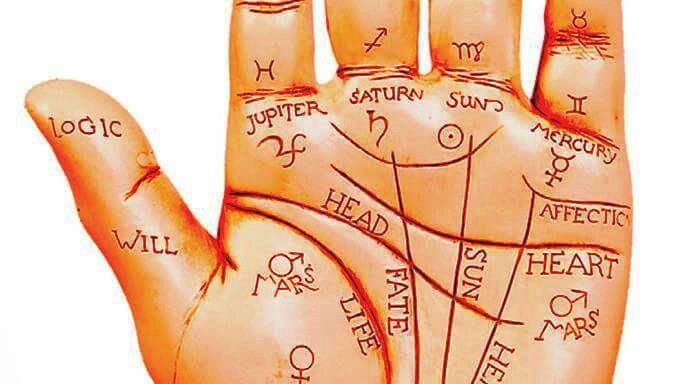Reach Us
Krishna Colony, Bhiwani, Haryana

Krishna Colony, Bhiwani, Haryana

“Hasta Rekha,” or palmistry, is the practice of interpreting the lines and features on the palms to gain insight into a person’s character and life experiences. Originating from ancient cultures, including Indian, Chinese, and Greek traditions, palmistry is often seen as both an art and a science, reflecting a blend of spirituality and psychology.

Major Lines:
Minor Lines:
Mounts:
Fingers and Shapes:
Cultural Significance:
Palmistry can be used for self-reflection, offering individuals a tool to explore their strengths and weaknesses. It is also employed in consultations to provide guidance on personal issues, career choices, and relationships. However, interpretations can vary widely, and the practice is often approached with a sense of open-mindedness rather than strict determinism.
While many find value in palmistry, it is often met with skepticism, especially from a scientific perspective. Critics argue that there is no empirical evidence supporting the claims made by palmists. As with any form of divination or interpretative practice, the insights gained are subjective and should be taken as one of many lenses through which to view one’s life.